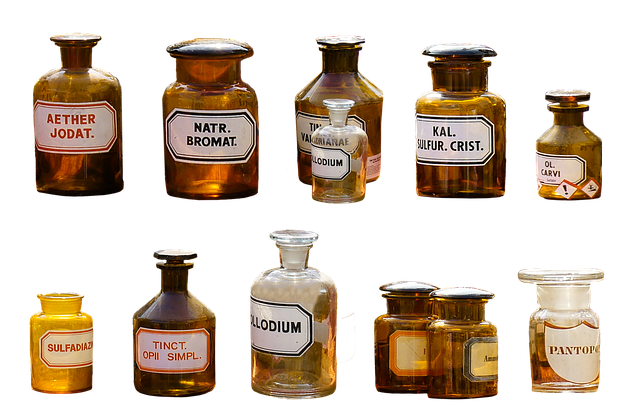
The Nova Classification of Ultra-Processed Foods
In today’s fast-paced world, convenience often takes precedence over nutrition. Enter the concept of ultra-processed foods (UPFs), which have become a staple in many diets across developed nations. But what exactly are UPFs, and why should we pay attention to them? The Nova classification system offers a helpful lens through which to understand these foods and their potential impact on our health.
What Are Ultra-Processed Foods?
Ultra-processed foods are those products that have undergone significant industrial processing. They typically contain ingredients you wouldn’t find in a home kitchen, such as artificial flavors, preservatives, and sweeteners. These foods are designed to be hyper-palatable, often leading to overconsumption. Think of snacks like chips, sugary cereals, and ready-to-eat meals. They’re convenient, affordable, and, let’s be honest, pretty tasty! 😋
The Nova Classification System
The Nova classification system categorizes foods based on the extent of their processing. It divides foods into four groups:
- Group 1: Unprocessed or minimally processed foods – These are whole foods like fruits, vegetables, grains, and meats that have undergone minimal changes.
- Group 2: Processed culinary ingredients – This includes oils, sugars, and salt, which are extracted from natural foods and used in cooking.
- Group 3: Processed foods – These are products made by adding sugar, oil, or salt to Group 1 foods, like canned vegetables or cheese.
- Group 4: Ultra-processed food and drink products – This group encompasses the heavily processed items that contain little to no whole foods, such as soft drinks, packaged snacks, and instant noodles.
Why Should We Care About Ultra-Processed Foods?
Recent studies suggest that ultra-processed foods account for more than half of the calories consumed in countries like the United States and the United Kingdom. This alarming trend raises questions about the long-term health implications of such diets. While not all UPFs are inherently unhealthy, their convenience and addictive nature can lead to excessive consumption, which may contribute to health issues like obesity, heart disease, and diabetes.
Finding Balance in Your Diet
It’s important to remember that moderation is key. Not every ultra-processed food is bad, and they can fit into a balanced diet if consumed mindfully. Here are a few tips to help navigate the world of UPFs:
- Read Labels: Familiarize yourself with ingredient lists. If a product contains a long list of unrecognizable ingredients, it might be best to set it back on the shelf.
- Prioritize Whole Foods: Fill your plate with fruits, vegetables, whole grains, and lean proteins. These foods provide essential nutrients and are less likely to lead to overconsumption.
- Practice Mindful Eating: Pay attention to your hunger cues and savor your meals. This can help reduce the urge to reach for those tempting UPFs.
- Balance is Key: Allow yourself the occasional treat. Enjoying a favorite snack now and then won’t derail your health journey.
In Conclusion
The Nova classification system sheds light on the complexities of our food choices and emphasizes the importance of being mindful about what we consume. By understanding the role of ultra-processed foods in our diets, individuals can make more informed choices that promote better health. So, the next time you’re at the grocery store, take a moment to consider what’s in your cart! 🛒




















 Charging Infrastructure For Government Fleets
Charging Infrastructure For Government Fleets 
 Health
Health  Fitness
Fitness  Lifestyle
Lifestyle  Tech
Tech  Travel
Travel  Food
Food  Education
Education  Parenting
Parenting  Career & Work
Career & Work  Hobbies
Hobbies  Wellness
Wellness  Beauty
Beauty  Cars
Cars  Art
Art  Science
Science  Culture
Culture  Books
Books  Music
Music  Movies
Movies  Gaming
Gaming  Sports
Sports  Nature
Nature  Home & Garden
Home & Garden  Business & Finance
Business & Finance  Relationships
Relationships  Pets
Pets  Shopping
Shopping  Mindset & Inspiration
Mindset & Inspiration  Environment
Environment  Gadgets
Gadgets  Politics
Politics 